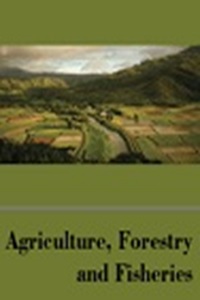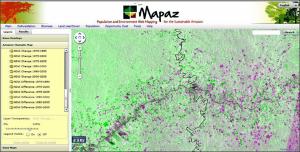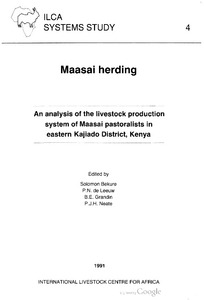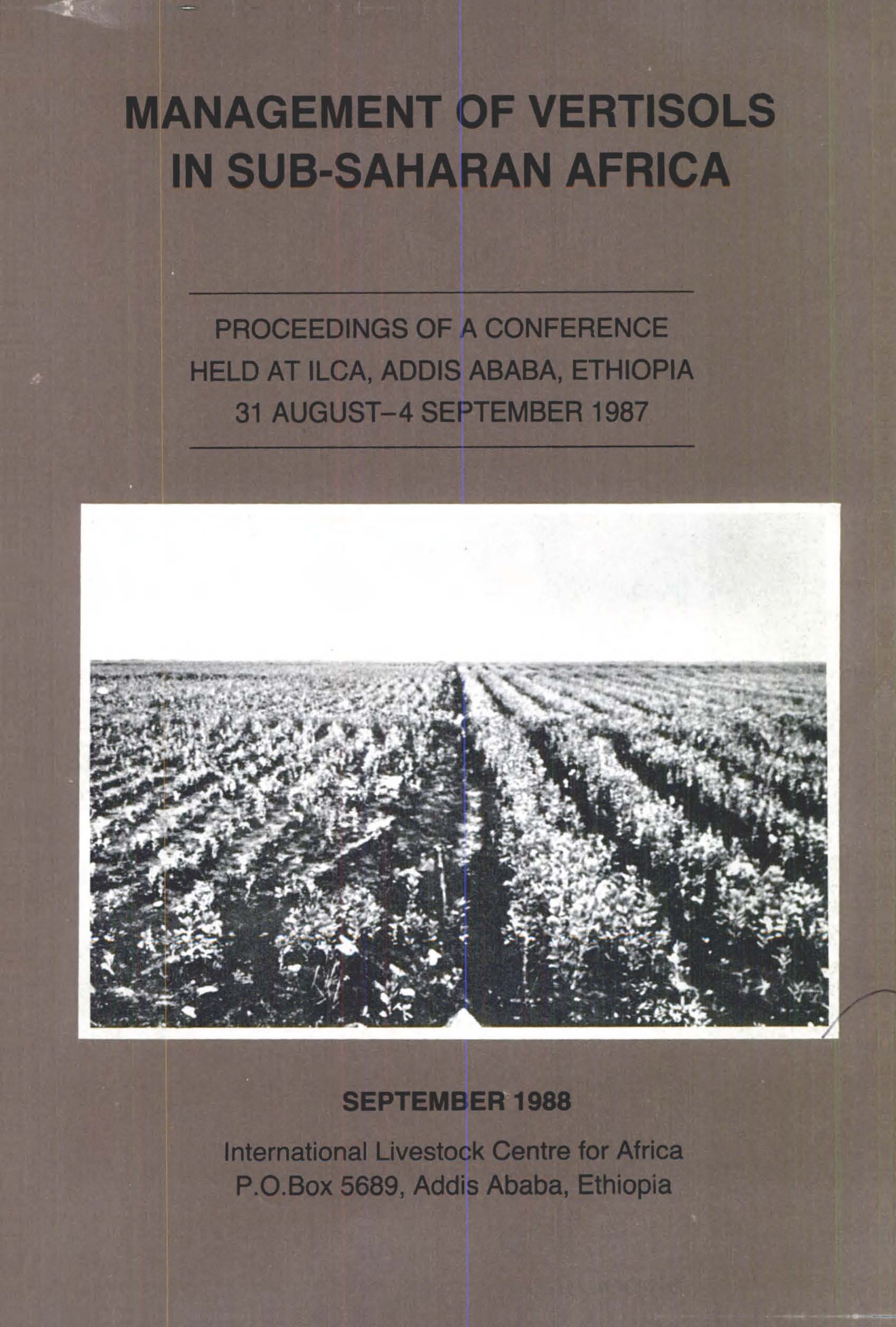Local priorities and biodiversity
A succinct account of the development and application of methods to assess biodiversity with the involvement of local communities in the forests of Malinau East Kalimantan. The new approach is shown to offer many benefits over more conventional approaches.






